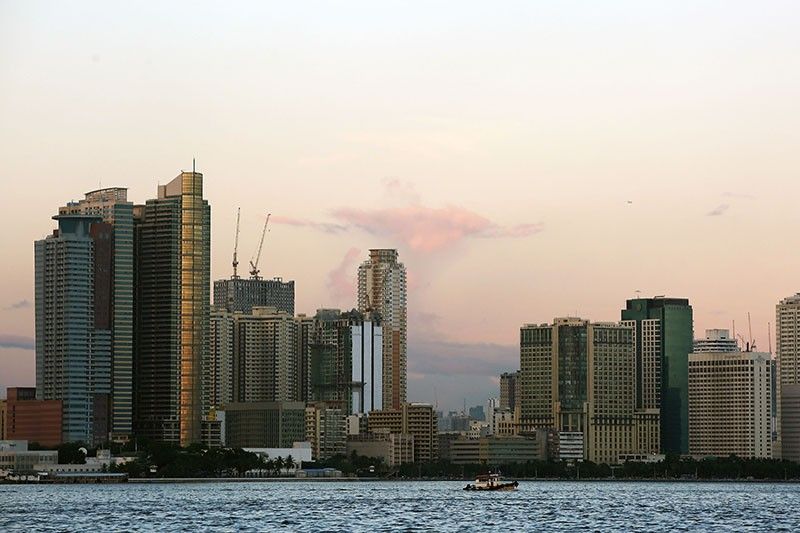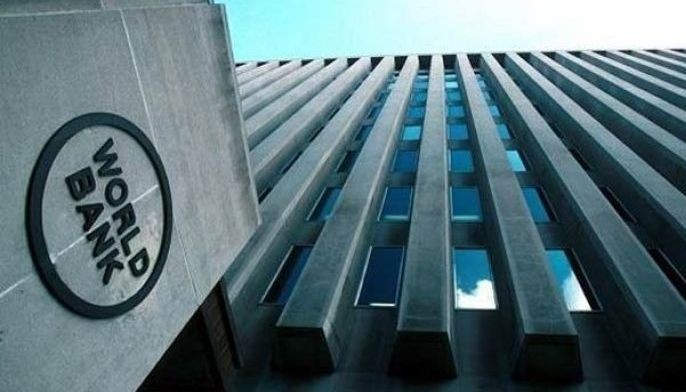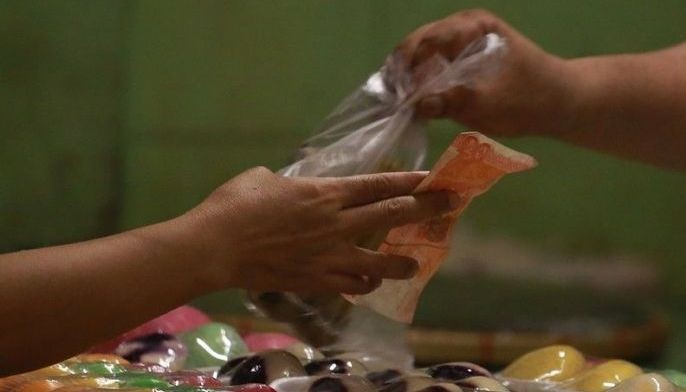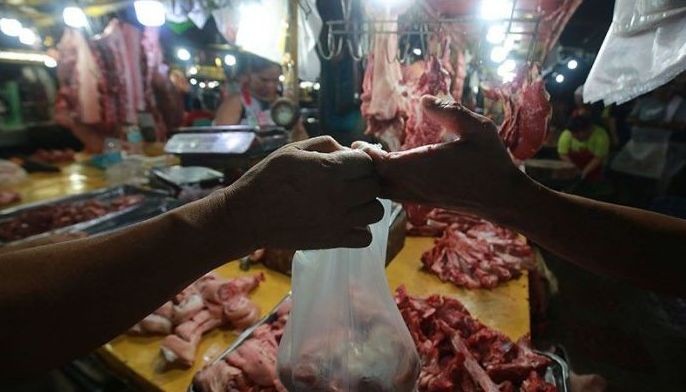IMF mission: Philippine economy grows 'strongly' but short-term risks persist

MANILA, Philippines — A team from the International Monetary Fund on Wednesday said the Philippine economy continues to grow “strongly,” although increasing near-term risks stemming from rising inflation and a “changing external environment” pose great uncertainty.
In a statement, Luis Breuer, leader of an IMF staff team that recently completed a mission to the Philippines, said the Southeast Asian country is expected to expand 6.7 percent this year and next. The medium-term economic outlook on the Philippines also remains favorable.
If realized, this would fall below the government’s 7-8 percent goal set for 2018 until the end of President Rodrigo Duterte's six-year term.
“The Philippine economy is performing well. Real gross domestic product grew 6.7 percent in 2017 and the team projects that this rate will be sustained in 2018 and 2019, underpinned by strong consumption and investment, including public investment,” Breuer said.
However, Breuer warned that short-term risks have risen, citing below-target economic growth forecast for the Philippines over the medium term, surge in inflation, widening current account deficit, rapid credit growth, higher US interest rates and trade tensions, among others.
“Against the backdrop of a shifting economic environment, our discussions focused on the need to support growth while safeguarding macroeconomic stability by adjusting policies and maintaining a healthy external position,” he said.
To supercharge economic growth, the Duterte administration plans to spend more than P8 trillion to upgrade the nation’s dilapidated infrastructure and aging ports.
In the first quarter of 2018, the Philippines remained one of the best performing economies in the region after it grew 6.8 percent, faster than the preceding three month’s 6.5 percent and the 6.4 percent pace in the comparable period last year.
However, the first quarter economic growth figure fell below the government’s target band, which Socioeconomic Planning Secretary Ernesto Pernia attributed to “spoiler” inflation.
Inflation rose to a fresh five-year high of 5.2 percent in June. The central bank has responded by delivering back-to-back rate hikes.
According to IMF’s Breuer, the Bangko Sentral ng Pilipinas’ decision to tighten monetary policy for a second consecutive month this year was “appropriate.”
“The team welcomes the BSP’s announced readiness to take further action to safeguard price stability and continued progress in modernizing monetary operations and reforming the capital markets,” he said.
Central bank Governor Nestor Espenilla earlier said policymakers are considering a “strong follow-through” monetary adjustment at the next meeting of the monetary board in August to fight inflation.
"Among the main upside risks to future inflation are potential wage adjustments and transport fare hikes due to higher excise taxes on petroleum products and other key commodities, as well as faster-than-expected monetary policy rate hikes in the US," the BSP said.
- Latest
- Trending
































